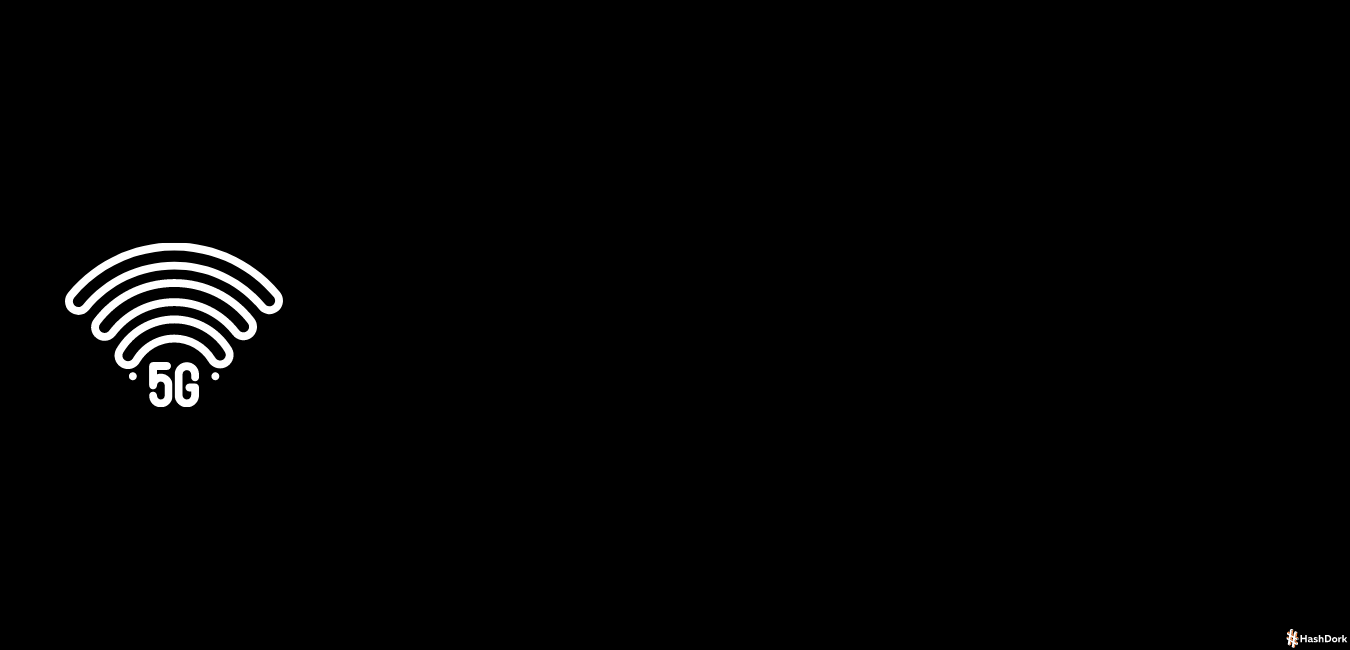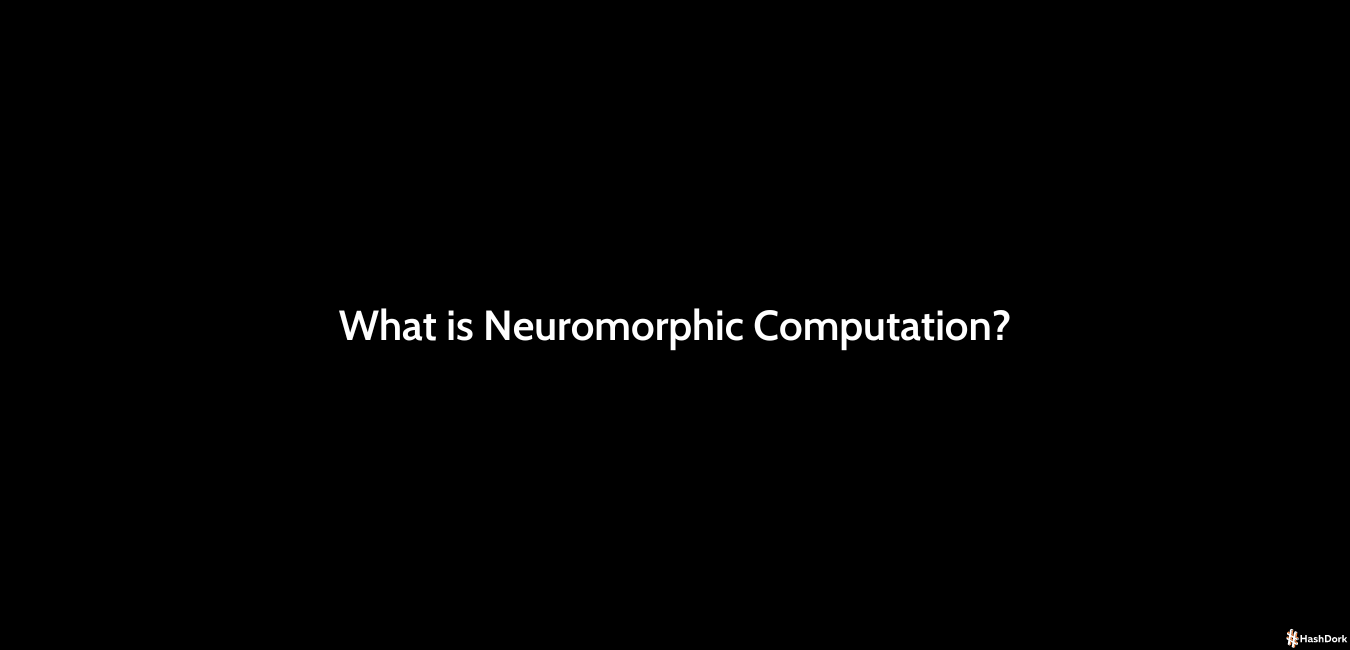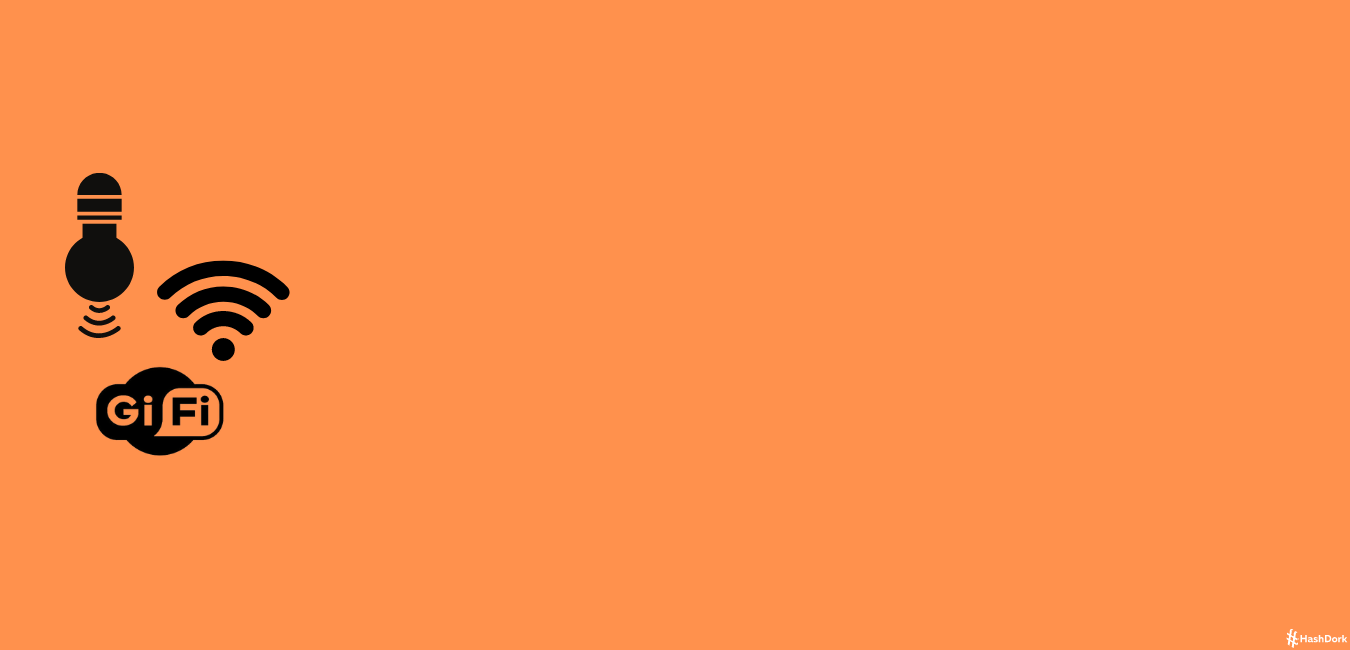Table of Contents[Hide][Show]
We are all familiar with the electromagnetic spectrum and the different types of waves that make it up. Radio waves, microwaves, infrared radiation, visible light, ultraviolet radiation, X-rays, and gamma rays are examples of different electromagnetic radiation types.
Each type of wave has a specific wavelength and frequency.
And now, there is a new addition to the electromagnetic spectrum – 5g frequency.
5g is the fifth generation of mobile phone technology that promises to be much faster than 4g. But what is 5g frequency, and what does it mean to us?
The world is moving on to the fifth generation of wireless communication, 5g.
This new technology allows faster downloads, better coverage in rural areas, and reduced network congestion. However, there’s one thing that many people don’t know about 5g: it uses high-frequency waves known as millimeter waves (mmWs).
These waves have shorter wavelengths than those used for 4g and 3g technologies, which means they can carry more data. While this increased capacity is great news for consumers, it also comes with some risks.
These are some questions we will explore in this blog post.
We will take a look at the potential benefits and risks associated with 5g technology and discuss how it could affect everything from communication to health care. Stay tuned for more information on this emerging technology!
What is 5g Technology?
The term “5g” was coined by Qualcomm and has been used as a marketing tool for the company’s 5G mobile phone technology.
Different companies are developing the technology, including AT&T, Ericsson, Huawei, Intel, Nokia, Qualcomm, Samsung, and T-Mobile. It is also being used in developing countries like India, Brazil, and China.
The goal of 5g technology is to increase data speeds. Current technology uses radio waves to transfer data from cell towers to smartphones. 5g technology will use millimeter waves to send data from cell towers to smartphones. This allows for much faster data speeds than those currently available.
The shorter wavelengths will allow more data to be sent through a cell tower. This allows for higher capacity data transfers, translating into faster downloads and better coverage in rural areas.
How Will 5g Impact Our Lives?
1. 5g Is Helping Us Create A Smart World
5g is a key component of the Internet of Things (IoT). IoT is the interconnection of everyday devices, such as thermostats, light bulbs, and baby monitors, that will be able to communicate with each other and with the internet. The technology that makes this possible is called wireless communication.
In 4g, the radio frequency (RF) waves that carry data are about the size of a grain of sand. 5g uses much shorter wavelength RF waves so that they can carry more data. In 4g, these waves are used for wireless data and voice, but in 5g, they are used to transferring data for the IoT.
5g could be used to connect everything from smart homes to autonomous vehicles in the future. Imagine a smart home where every device has a built-in sensor that can detect when the heating or air conditioning needs to be turned on.
5g would allow this to happen without the need for wires. We could use 5g technology to connect our smart devices and sensors to the internet in the future.
2. 5g Can Make Health Care Safer
5g is a technology that can be used to create a new generation of healthcare technologies. In fact, 5g is already being used to develop a new way of delivering health care. This new way of delivering care is called mobile health, and it involves using mobile devices to collect data from patients and then using this data to create personalized care plans.
For example, this technology can be used to collect data about a patient’s physical activity and create a personalized care plan that helps the patient improve their fitness or data about a patient’s heart rate and blood pressure that helps the patient control these vital signs.
3. Increased Security & Safety
Security is another area where 5g technology could be used to improve our lives. In 4g, mobile phones are vulnerable to hackers because they use the same radio frequencies for wireless data. In 5g, however, two types of technology are used to secure wireless communication.
The first type of technology is called secure authentication, and it uses a technique called “one-time passwords” to verify that a user is who they say they are. The second type of technology is called encryption, and it uses mathematical algorithms to scramble data so that it is incomprehensible to anyone else.
4. Less Crime Rate
There is also the possibility that 5g technology could spy on people. For example, to identify people trying to communicate confidentially. This could allow the government to track people’s movements and create a database of their movements.
Potential Risks Of 5G Frequency And Wavelength
5g will allow us to communicate with each other, connect to the internet, and create new technologies. But, like all new technology, there are some risks associated with 5g. Such as:
1. Radiation Exposure
The WHO is concerned that the short wavelengths used in 5g technology will allow harmful radiofrequency radiation to penetrate our bodies. The shorter wavelengths of 5g technology will allow for more energy to be emitted, increasing the amount of radiofrequency radiation that reaches the body. As a result, the WHO is concerned that 5g technology could lead to several health problems, including cancer.
When the electromagnetic waves used for 5g travel through the air, they are known as millimeter waves (mmWs). These mmWs are similar to X-rays but much shorter in wavelength.
The wavelength of X-rays is about 1 nanometer, while the wavelength of mmWs is between 0.3 and 10 millimeters.
Besides having a shorter wavelength, mmWs have more energy than X-rays to penetrate the skin and other tissues more easily.
The WHO recommends limiting our exposure to radiofrequency radiation from 5g technology. The best way to do this is to use an RF meter to measure the amount of radiation emitted by 5g technology.
2. Security Issues
With 5g, there will be more data traveling around the internet.
So, if hackers can gain access to this data, they will have a lot more access to information that they could use to access other networks and data. This could put the security of our data at risk.
The FCC is currently working on regulations that allow for 5g technology to be used in the United States. This could help protect our data from hackers. But the technology is still in its early stages, so there are still a lot of questions about what the future of 5g will look like.
3. Interfere With Other Technologies
5g technology could interfere with other technologies, such as the television broadcast signal, resulting in blurry or distorted pictures.
Comparing 5G With Previous Generations
1. Longer Wavelength
The length of the wavelength is the most important difference between 5g and 4g. The shorter the wavelength, the more energy it contains. So, if the wavelength is shorter, the energy emitted is higher.
The wavelength of 5g is between 0.3 and 10 millimeters. This is much shorter than the wavelength of 4g, between 30 and 300 micrometers.
3. Higher Frequency
The frequency of 5g is much higher than that of 4g. This means that the 5g frequency is much higher than the 4g frequency.
4. Better Network Coverage
With 5g, we will be able to send and receive more data. So, we will be able to get better coverage when we are out in the field.
5. More Advanced Technologies
The 5g network will be able to use many new technologies, which allows for a better network.
Bottom Line
5g technology is a major step forward in the evolution of wireless communication.
Businesses should start preparing for 5G now, as it will likely significantly impact how we use the internet and interact with customers.
Hence, G5 frequency and wavelength may be the new standard in the future.





Wavelength 5g and 4g are expressed wrongly. Probably unintentional. 100 millimeters ended up being smaller than 30 micrometers.
The radiations that affect organisms are those with micrometric wavelengths. These radiations split atomic bonds, effectively break molecules and produce free radicals extremely dangerous for life and health.
You take us for fools, so I do not support and do not see the meaning of 5G-…-NG for the civilian population. Technology and digitalization have already introduced psychoses and neuroses by invading privacy and free time. We already live like Orwell’s aberration (1984).
It is true that the signal can be emitted somewhat weaker, but a forest of towers or the satellite variant will be necessary. At this wavelength you should not have any obstacles.